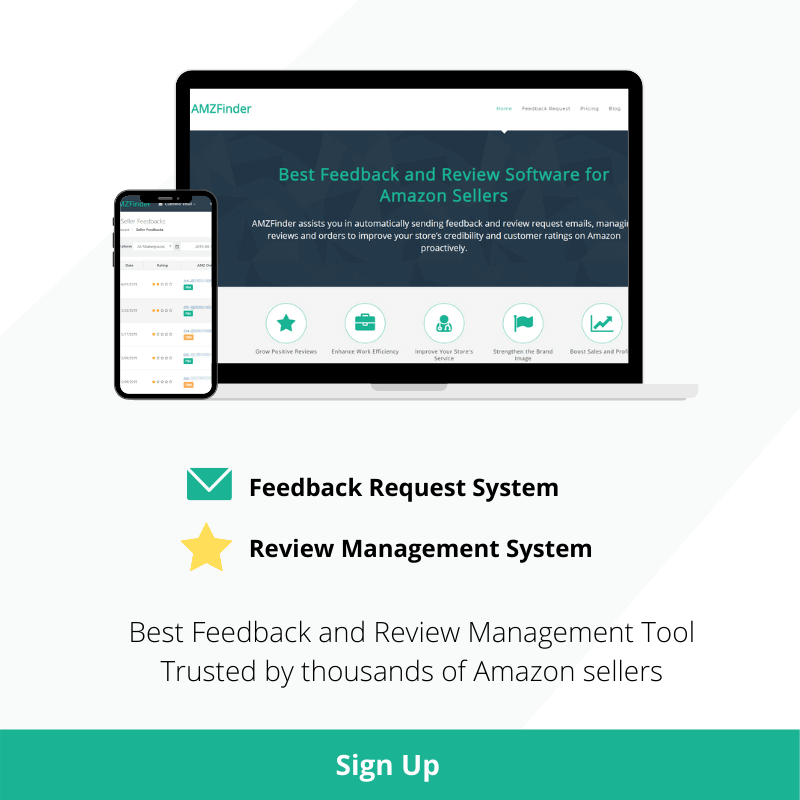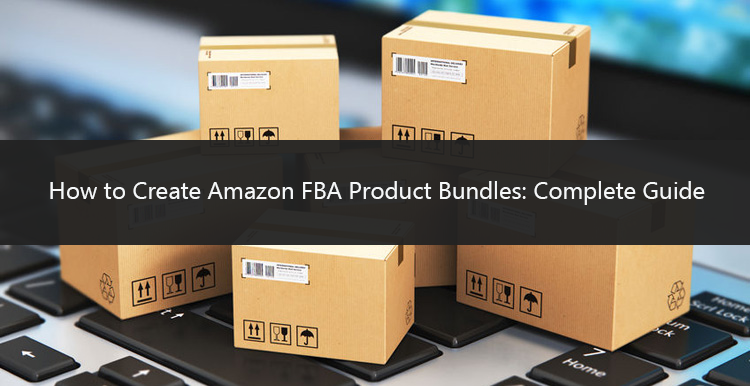What is Amazon Product Bundling?
Bundling on Amazon is the way to create unique product options on Amazon.
It is a great way to boost sales and profits because you are the only seller offer listing to your customers.
As the only seller of the bundle that your customer is looking for, your product will go in the Buy Box on the right-hand side of the screen.
Bundling is not about selling multipacks. Amazon doesn’t like multipacks – even if you are selling the same t-shirt in different colors.
The definition of a bundle, in the world of Amazon, is clear in the Bundle Guidelines. It states: “bundles must consist of products that, when packaged together, enhance or ease the overall customer experience.”
It means the products must be complimentary – so a camera, memory card and camera case would make a solid bundle, as a buyer is likely to need to buy each of these anyway.
This means the bundle makes the business of buying a digital camera easier.
The pros of bundling
There are lots of benefits to setting up a bundle on Amazon. You are offering a unique option to the customer, which means there is no competition.
If you are smart you will be able to appeal to your customers, who are looking for an easy way to buy everything they need. There are literally thousands of opportunities for such bundles.
What is even better is that you can sell branded products as part of your bundles – as your bundle becomes a unique product on Amazon.
There are a lot of benefits of bundling to your customer. You can offer them a one-stop single solution, which saves them time and money.
It makes it easy to know what they need when they make a purchase and means they pay less on shipping in the process.
Better still, for those looking to buy a gift, you can provide options for unique and special gives.
This solves the problem that most customers will face when seeking to buy for someone special: what should I get them?
The cons of bundling
Before you rush to bundling, there are some things to consider. Amazon has tight guidelines for bundling and it is easy to get pulled up on some infringement or another.
There is money to be saved and made in bundles but there are a lot of ways that your product is not a bundle and once it is created and listed it cannot be edited – so you need to get it right straight away.
Finally, you cannot stop people from cashing in on your success. It gives you ownership of the Buy Box when you are unique, however, this can easily disappear when savvy sellers see what you have done and copy it.
Amazon Product Bundling Policy: What Cannot Be Bundled?
One of the most important documents to read is the Amazon Product Bundling Policy.
This document lays out what you can and cannot bundle and the rules when you do bundle.
One of the most important details listed is what you cannot bundle. There are several product groups that cannot be put together, these include:
- Books, DVDs, Video and Music
- FBA prohibited items
- Items that carry separate manufacturer warranties
- Items the you are not approved to sell, such as food or cosmetics
- Branded and generic items together
There is a caveat to these rules. You can bundle a book and a DVD with another complimentary product.
For instance, if you are selling an exercise video that uses a kettlebell, then you can bundle the DVD with the kettlebell and maybe even an exercise mat. The same is true with a book.
The product would be listed under the primary product, so in this instance, the kettlebell.
You cannot create a bundle of just DVDs or just books. This would constitute a multipack and is not the same.
Equally, books and DVDs together are not considered a bundle.
Different Types of Amazon Bundles
Now we have told you what a bundle is not, it is important to give you an idea of what would constitute a bundle.
There are many thousands of opportunities for bundles in the marketplace and part of the lure of these bundles is that they will be unique to you as a seller.
Therefore, these bundles are offered as inspiration.
Gift or themed bundle
A gift or themed bundle gathers together complementary items under a title.
For instance, the new baby bundle could include everything new parents might need when bringing the baby back from the hospital – including baby grow, seat, bottle, nappies, wipes, mat, etc.
Then, there is the puppy bundle for new owners: the bowl, the bed, the toy, some kibble, worming tablets, and more.
Convenience bundle
The name says it all really. These bundles are designed to put together everything someone would need for practical activity.
So, it might be a back-to-school bundle for the child about to start secondary school.
Alternatively, it might be a car cleaning kit, with the sprays and creams and cloths needed for the perfectly clean car.
Brand bundles
Brand bundles again do what they say on the tin. They bundle together branded items.
Note that the branded items cannot just be more than one of the same item. It will be, for instance, each of the different My Little Pony models bundled together in one easy to buy option.
It could also be the same brand of skincare items – but with different types of skincare needs – moisturized, cleanser, scrub, and more – all from the same brand.
Generic bundles
Generic bundles bring together all the items in a single area, e.g. scrapbooking or house painting – but all the items in the bundle are unbranded.
Step by Step Guide on How to Create Amazon Product Bundles
So, now you are clear what is a bundle, what isn’t a bundle and what to consider including in your bundles, its time to know how to achieve this: step by step.
Step 1: How to name or create title for your Amazon product bundle
You want your bundle to be found. Even the most ingenious collection of products will go to waste if it does not match what the user will type into search box.
You want to name the bundle something that captures the whole of the bundle and not just individual components.
The best starting point for a title for a bundle is to consider its purpose. The most important words should go at the beginning of the title.
For instance, if it is a bundle of food products for a student that will mean they will eat well in the dorms – then the key concept here is “Healthy Snacks” – so lead with that and maybe capture people other than students.
Once you have captured the main point at the start – then go onto to the added value. So: “Healthy Snacks Care Package for Students, Dorms, Campuses, Military, Get Well and Back to School” should do the job!
A poor example would be: Christmas Chocolate Gift Basket. The important word is not Christmas. The important world is chocolate… lead with the words Chocolate Gift… and then try to limit your market to one time of year.
Step 2: How to package your Amazon product bundle
It is important to put some thought into how you will package your bundle.
Your customer is going to expect something more than just a box with each item separate, though a plain cardboard box or a polybag are options if it suits the practicality of the item.
However, you have marketed a group of items together. So, the packaging needs to suit the type of bundle and the expectation of the customer. Some of the most popular types of packaging include:
- tote bags
- gift baskets
- gift boxes
- mesh bags
It is also important that each component arrive free from damage, therefore it should be open to movement in the packaging. To secure the items you should use filling, including:
- shredded paper
- scrunched up brown paper
- bubble wrap
- air pillows
- tissue paper
- Styrofoam packing peanuts
- poly bag tied tightly
- ribbon
Step 3: How to price your Amazon product bundle
As with all dealings on Amazon, pricing is the most important decision to make. You need to balance profitability against the affordability of the items bundled together for the consumer.
The customer is likely to expect this bulk order to be cheaper than if they bought each item individually, so this must be your first piece of research.
The first amount you need to account for is the cost of the items for you to purchase. Multiply this price by two for a starting point.
The cost of the item for you to purchase needs to include the packaging and the cost of shipping. An example would be:
Cost of items = $15
Cost of packaging = $2.5
Cost of shipping (both to you and to the seller) = $5
Total costs = $22.50 (x2 = $45 starting point for pricing)
If you would like to use the Amazon Marketplace calculator to help gauge your price, go to Google and search for “Amazon (country) FBA calculator”.
Step 4: How to create your Amazon product listing
The listing of your bundle is crucial to its success. As is true with all product listings, you need to make sure the image is clear, and the description is optimized.
There are rules that must be followed. The image should clearly show the bundle components – without the use of props.
The image needs to layout each of the components in the bundle – making it obvious what is included, with no additional items.
When writing the bullet points for the listing, it is important to give the benefits of the bundle.
It should give a clear image of the product for the consumer and the benefits of purchasing.
It is also a good idea to use bullet points if there is an extensive list of components in the bundle.
Writing the products in a paragraph makes it difficult to read and therefore unlikely to be bought!
Step 5: What you need before listing a bundle
There is still more to be done before you can click publish on your listing. You need to create a UPC for your bundle.
The UPC or FNSKU must be placed on the outside of the bundle packaging and any barcodes on the individual components should be covered (if there is a chance they can be accidentally scanned through the packaging).
Then, just before you list your item, go through this checklist, just to be sure:
Step 6: What category should you list in?
- are your images the best possible quality?
- does the title use the main words needed, and with the most important words at the beginning?
- do your bullet points state the benefits as well as the features?
- is the description optimized with keywords and appropriately formatted?
- have you included back-end keywords?
- is the packaging appropriate to ensure good reviews?
When listing you need to know which category is most appropriate. You can only list in one category and this should relate to the main item in your bundle.
A lot of this is common sense. If you are selling lots of make-up and a book about make-up with it – it is obvious that you would choose Health and Beauty – and not books.
Step 7: Where can you get ideas for more product bundles?
Now you have done your first bundle – it is time to increase your inventory by seeking more inspiration. The most obvious place to look for successful bundles is Amazon itself.
If someone has a monopoly on a highly successful bundle – then, give them some competition. You can also look at the “frequently bought together” or the “customer also bought” to see what people might like bundled together.
The other places worth a look include:
- big online retail stores
- offline stores
- trends in media, social media, high street, Google
- your own instincts and knowledge
Summary
There are brands that you cannot sell of Amazon. It is worth knowing this before you plan your next sure thing bundle.
There is no official list of these brands – but some categories have lots of prohibited brands – like Health and Beauty – and others have smaller lists.
If you have an idea to see a brand then it is best to contact Amazon to see if it is restricted before putting in too much work.
You may also like:
Amazon Product Listing Services Complete Guide
11 Amazon Listing Tools To Make Selling On Amazon Easier
8 Ideas To Grow Your Amazon FBA Business Ever
Best Amazon Listing Optimization Complete Guide 2020


